Spinal injuries are one of the most common injuries after a car accident or workplace injury. Due to the high impact nature from some of these incidents, spinal injuries can be debilitating and long-lasting.
Fortunately, most people with spinal injuries experience minor symptoms such as mild back stiffness and pain. For others, symptoms may be more serious such as difficulty walking or paralysis.
Under the guidance of a relevant health professional, most back conditions can be managed effectively. For additional support, our article below will go through some essential information, such as a brief description of your injury and the treatments available.
Mike Lombardi Injury Attorneys understand that these deficits can be a burden on your current lifestyle, such as your personal relations and financial situation. We aim to help you through these tough times and assist you with the compensation that you deserve. Please visit https://www.lombardilawoffice.com/ or Call or Text Mike Lombardi on 401-600-0000 for further assistance.
Signs and Symptoms
After any accident or trauma to your back should watch out for certain signs and symptoms. These can help you achieve a proper diagnosis for you back and understand what might be occurring. However, it is essential you consult your family doctor for a physical examination and appropriate testing.
Some symptoms you might experience includes:
For with more severe symptoms, we recommend that you seek immediate help from a relevant health professional. This includes:
Common Spinal Conditions
To help you understand your condition, below will be five common spinal injuries seen after traumatic events such as a motor vehicle and/or workplace accident.
1. Lumbar strain/sprain
For most low back injuries occurring in an accident or at work, they are classified as either a lumbar sprain or strain. Although technically a non-spinal injury, they are the most prevalent low back condition(s). Strains and sprains are terms that describe a disturbance to structures such as the muscles and ligaments, respectively. Typically, these will not be explicitly shown on imaging such as x-rays. Lumbar strains and sprains can have excellent outcomes with the assistance of a rehabilitation expert such as physical therapy.
2. Herniated disc
These injuries can occur with extreme compressive, forward-bending, and rotating forces such as car accidents. The disc is a structure in the spine which helps with shock absorption and mobility through the back. When a disc herniation occurs, the inner content (nucleus pulposus) of the disc will move outwards from the more solid outer layer (annulus fibrosus) (image 1). In more severe injuries, the inner content can compress on structures such as the spinal cord (image 2). Some symptoms experienced for this issue include pain traveling down the leg, difficulty bending down and back pain.
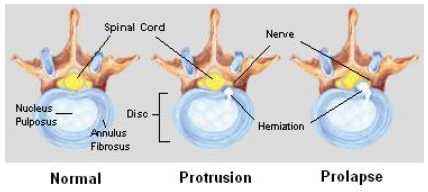
Image 1. A bird’s eye view of a disc herniation. Source.
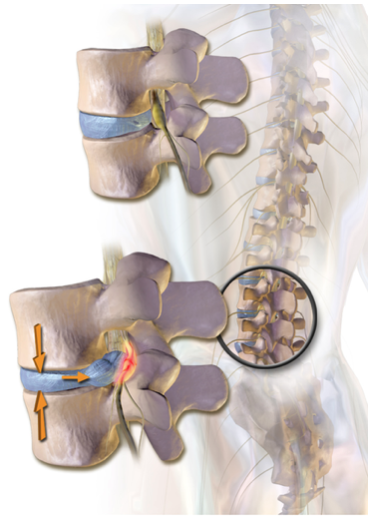
Image 2. Visual representation of a herniated lumbar disc. Source.
3. Spinal Cord Injury
As seen in image 1, the spinal cord (yellow) sits within the spine. Its main role is to relay messages from the brain to the body and vice versa. These roles include vital pieces of information such as movement, sensation and reflexes. Spinal cord injuries can be caused by trauma, such as car accidents and falls. Depending on the location and severity, symptoms will vary substantially. For example, partial spinal cord injuries may result in a loss of sensation in a single leg. In comparison, a complete spinal cord injury can result in paralysis and complete loss of feeling down the legs.
4. Spinal stenosis
Typically, spinal stenosis is a condition that progresses over time. However, traumatic incidents to the low back can cause additional displacement to the vertebra of the spine (image 3). When this happens, the displaced vertebra can begin to compress onto the spinal cord and nerves. This abnormality can cause symptoms such as pain with prolonged standing, traveling pain down the leg(s) and relief when sitting.
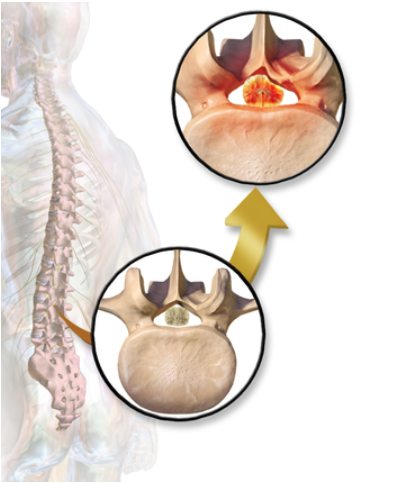
Image 3. Visual representation of lumbar spinal stenosis. Source.
5. Lumbar spine fractures
A fracture indicates that there is damage to the bones, such as a crack or a separated fragment (image 4). Traumatic injuries such as car accidents or falling on your back can cause fractures in the lumbar spine or low back region. The severity and location of the fracture in the lumbar spine will vary depending on how you were injured. For example, you are more likely to receive a burst fracture (shattering of the vertebra under compression) in a front-end accident as opposed to a rear-end accident. Depending on the severity and location of the fracture, your symptoms vary significantly. Medically, lumbar spine fractures are managed differently depending on your circumstances and decisions made with your health practitioner.
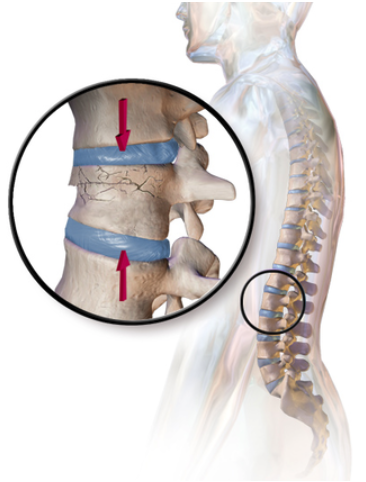
Image 4. Visual representation of a burst fracture in the lumbar vertebra. Source.
Diagnosis
To properly receive a diagnosis, you must consult a relevant healthcare professional such as a medical doctor or physical therapist. Appropriate testing will be performed so that you understand your condition and the best possible proceeding treatment.
Typically, your healthcare professional will undergo thorough questioning and a comprehensive physical assessment of your lower back. These findings will determine whether further investigations are warranted, such as an x-ray, CT scan or MRI.
Treatment
As mentioned above, the treatment and management of your low back injury will depend on the location, severity, and type of injury. Your treatment plan will be established after your diagnosis and current level of function. Below are a few options to help you manage your low back pain.
Hot/cold back
To help ease your back pain, hot and cold packs can be used. Hot packs help reduce muscle spasms and tightness, while cold packs have an analgesic (pain-relieving) effect.
Rest
Your health professional will indicate how much rest they would recommend and other restrictions after your injuries. Generally, resting at least 24-48 hours is appropriate to help reduce any stress or strain through the back.
Medications
Medications may be prescribed or recommended to help you tolerate your back pain. You must consult your own medical doctor before taking any medication(s). These include:
Physical therapy
Physical therapy is often the first-line treatment of conservative management (non-surgical or injection routes). Several treatment modalities may be considered to help improve your pain and function. Examples of these modalities include:
Exercise and physical activity
Although this may contradict with the rest recommendation, tolerable exercise and physical activity should be continued to avoid deconditioning. Prolonged physical inactivity can cause muscle wastage, stiffness and additional pain in the back. However, you should exercise within the confines of the restrictions provided by your doctor or physical therapist.
Bracing
Depending on the type and severity of back pain, such as a fracture of the lumbar spine, your healthcare practitioner may recommend wearing a brace. A brace helps stabilize the low back and encourages faster recovery. Do not brace unnecessarily as this can lead to long-term deficits such as core weakness and muscle wastage.
Epidural injections
For persisting low back pain that is not responding to other conservative treatment (e.g. physical therapy, medications, etc.), your doctor may recommend an epidural injection. Medical agents including corticosteroids will be used to help reduce inflammation and pain. These injections will be guided into the spinal cord to ensure localized pain-relief administration.
Surgery
Surgery may be recommended for some back conditions when indicated by a doctor. Certain factors will be considered, such the progression of the back pain and whether it responds to any of the other treatment(s). The section below will detail more specifics about the surgical route(s).
Surgery
As noted by Harvard Health, surgery should only be considered if all other treatment options have been exhausted or not applicable. Depending on the type of surgery and surgeons’ recommendations, a period of rest and/or bracing may be required. Shortly after the surgery, physical therapy and rehabilitation are essential to help restore mobility, back strength and overall function. General information about three common surgical techniques will be listed below.
1. Spinal fusion
Spinal fusions merge two or more vertebra together to help stabilize the low back (image 5.). During the procedure, a bone graft is placed between the vertebra and occasionally fixed with other instruments (e.g. metal rods, plates etc.). This surgical technique is typically used to manage unstable low back conditions such as certain types of lumbar spine fractures.
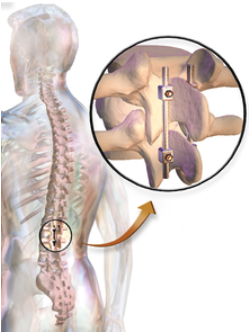
Image 5. Stabilization rods used to fuse the vertebra. Source.
2. Lumbar discectomy
Lumbar discectomy is typically performed for problems occurring in the disc between two vertebra such as a lumbar herniation. This is especially indicated if the disc substantially impacts the nerve and causes symptoms down the leg (e.g. pins and needles, burning sensation, numbness etc.). During this procedure (image 6), the whole or part of the disc is removed to relieve these symptoms.
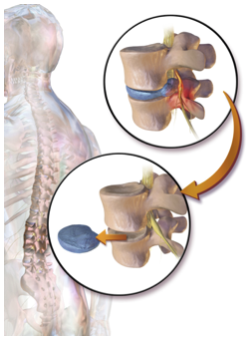
Image 6. A visual illustration of a lumbar discectomy. Source.
3. Lumbar laminectomy
The lamina is a component of the arch on the lumbar vertebra. Cased within the lamina is a circular space that hosts the spinal cord. In conditions such as spinal stenosis, the spinal cord can be compressed against structures such as ligaments or bones (image x). To remove this compression, a laminectomy is performed whereby the surgeon removes the lamina (image 7).
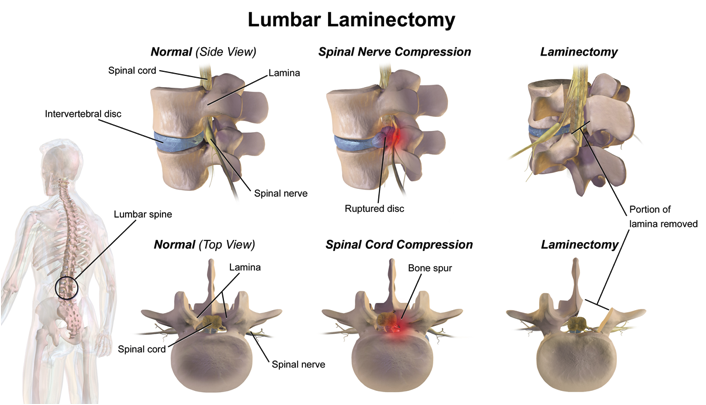
Image 7. A visual illustration of a lumbar laminectomy. Source.
Mike Lombardi Injury Attorneys provide exceptional services and are experienced with workplace and on-road claims. We understand the financial burden of these types of accidents and aim to help you with your compensation. For any additional support or inquiries, please do not hesitate to text Mike Lombardi at 401-600-0000 or visit https://www.lombardilawoffice.com/. We will comprehensively help guide you through your injury and compensation.
Disclaimer: The information in this article is intended for educational purposes only. If you have experienced low back pain after a workplace or motor vehicle accident, please contact an appropriate healthcare professional such as a medical doctor or physical therapist.
References
Brukner, P., & Khan, K. (2019). Brukner & Khan’s clinical sports medicine (5th edition.). McGraw-Hill Education (Australia) Pty Ltd.
https://www.health.harvard.edu/pain/when-is-back-surgery-the-right-choice
https://orthoinfo.aaos.org/en/diseases–conditions/fractures-of-the-thoracic-and-lumbar-spine/
https://www.sciencedirect.com/science/article/pii/S1877056812002927
https://www.spine.org/KnowYourBack/Treatments/Surgical-Options/Spinal-Fusion
https://www.uwhealth.org/health/topic/surgicaldetail/decompressive-laminectomy-for-lumbar-spinal-stenosis/aa122359.html
Yang, N., Lam, T., Dainty, D., & Lau, E. (2013). Lumbar spine injuries in rear impacts of different severities (No. 2013-01-0221). SAE Technical Paper.


